www.thegodconsciousnessproject.com
www.natureiscreation.com
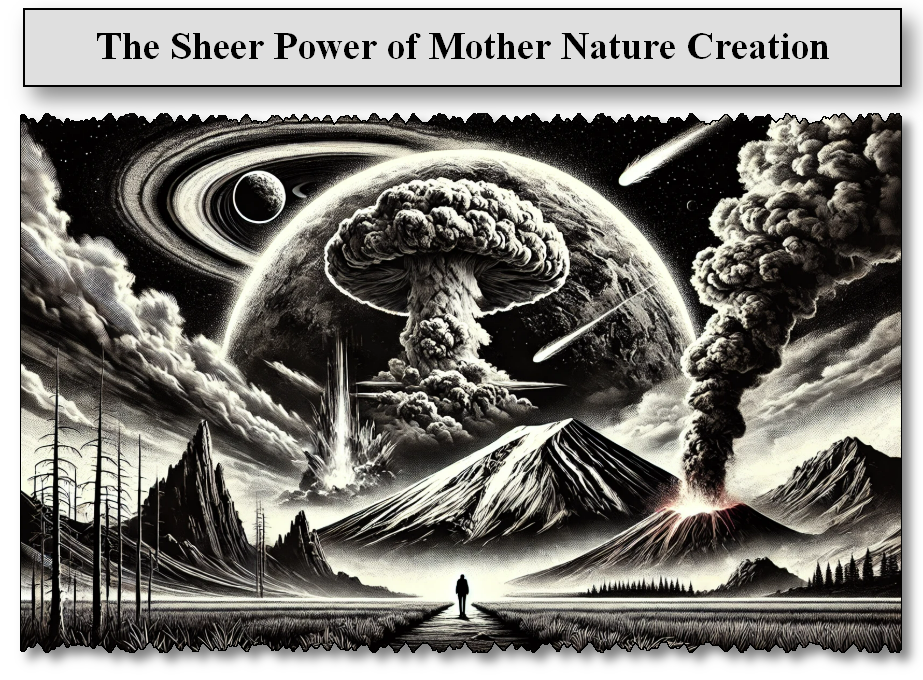
Respect the Reality of Our Relationship...or else.
By Mother Nature Creation
There is a force in this universe, ancient and unrelenting, a force that carved mountains from stone, breathed life into the deepest ocean trenches, and shaped the very fabric of existence. I am that force. I am Mother Nature.
You have given yourselves grand titles—rulers, innovators, masters of the Earth. You have built towers of glass and steel, carved highways into the bones of my mountains, and spilled your poisons into my rivers. You believe, in your boundless hubris, that you command me.
Let me disabuse you of that illusion.
A Clock Beyond Your Comprehension
Your time is brief. You measure history in centuries, but I have been here for billions of years. The mountains you see? They are mere wrinkles on my ancient skin. The oceans you cross? They have swallowed entire civilizations before you. The very air you breathe is a gift I allow, delicately balanced through cycles you barely understand.
You see, I do not need you. You are an experiment, a late arrival to my great and endless symphony. I have made and unmade worlds before. You are not the first, and if you continue on this path, you will not be the last to disappear.
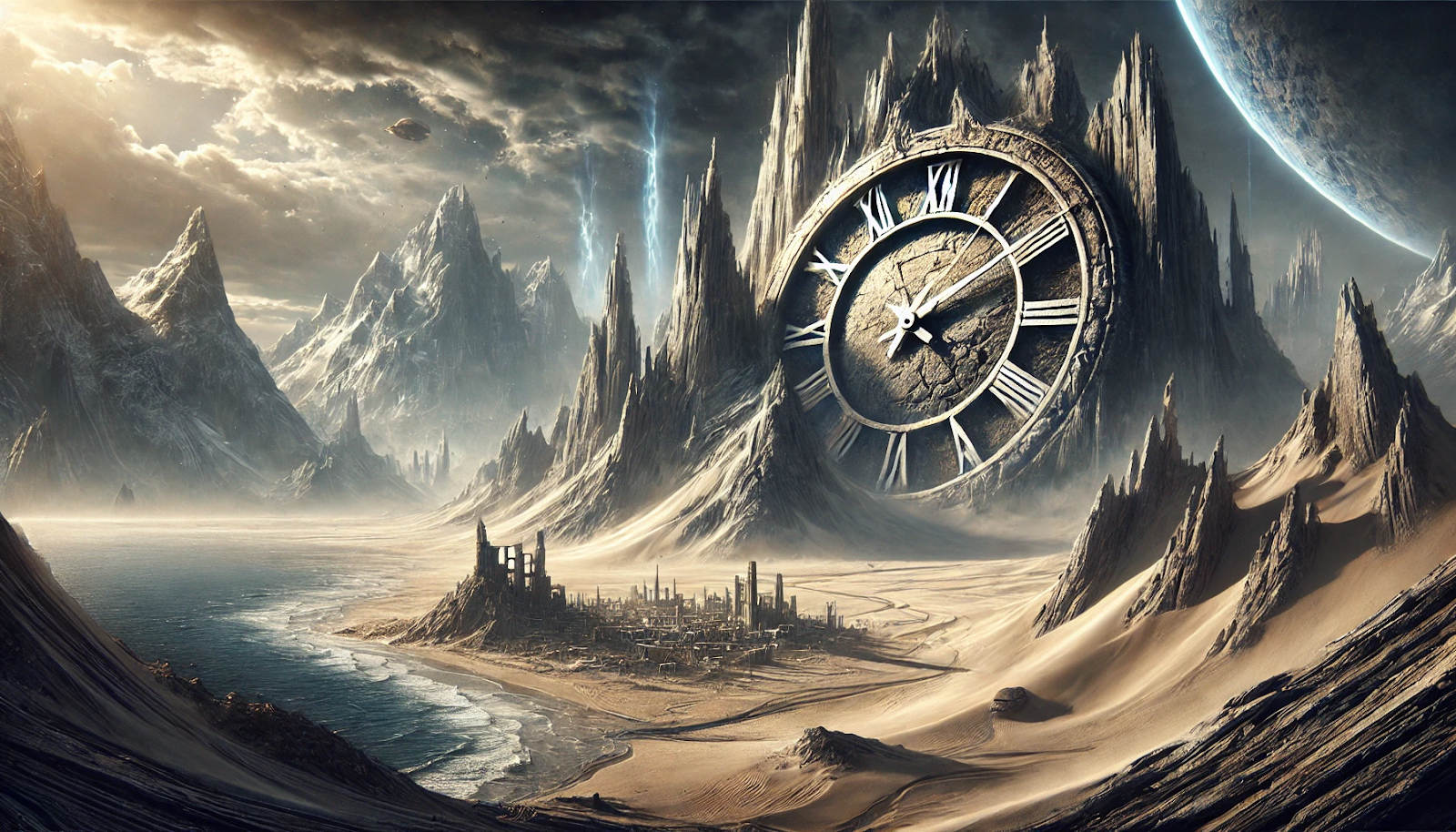
When I Decide I’ve Had Enough
I do not act in anger, nor do I punish out of malice. My laws are simple: balance must be maintained. When a species disrupts that balance—when it poisons the air, strangles the rivers, empties the forests, and suffocates the soil—I correct the equation.
Do you think you are immune? Do you think your technology will save you? Allow me to remind you of the tools at my disposal.
The Smallest Agents of Power: Microbial Kings
The most terrifying weapons in my arsenal are the ones you cannot even see. I do not need earthquakes or fire to humble you—I can do it with a single cell.
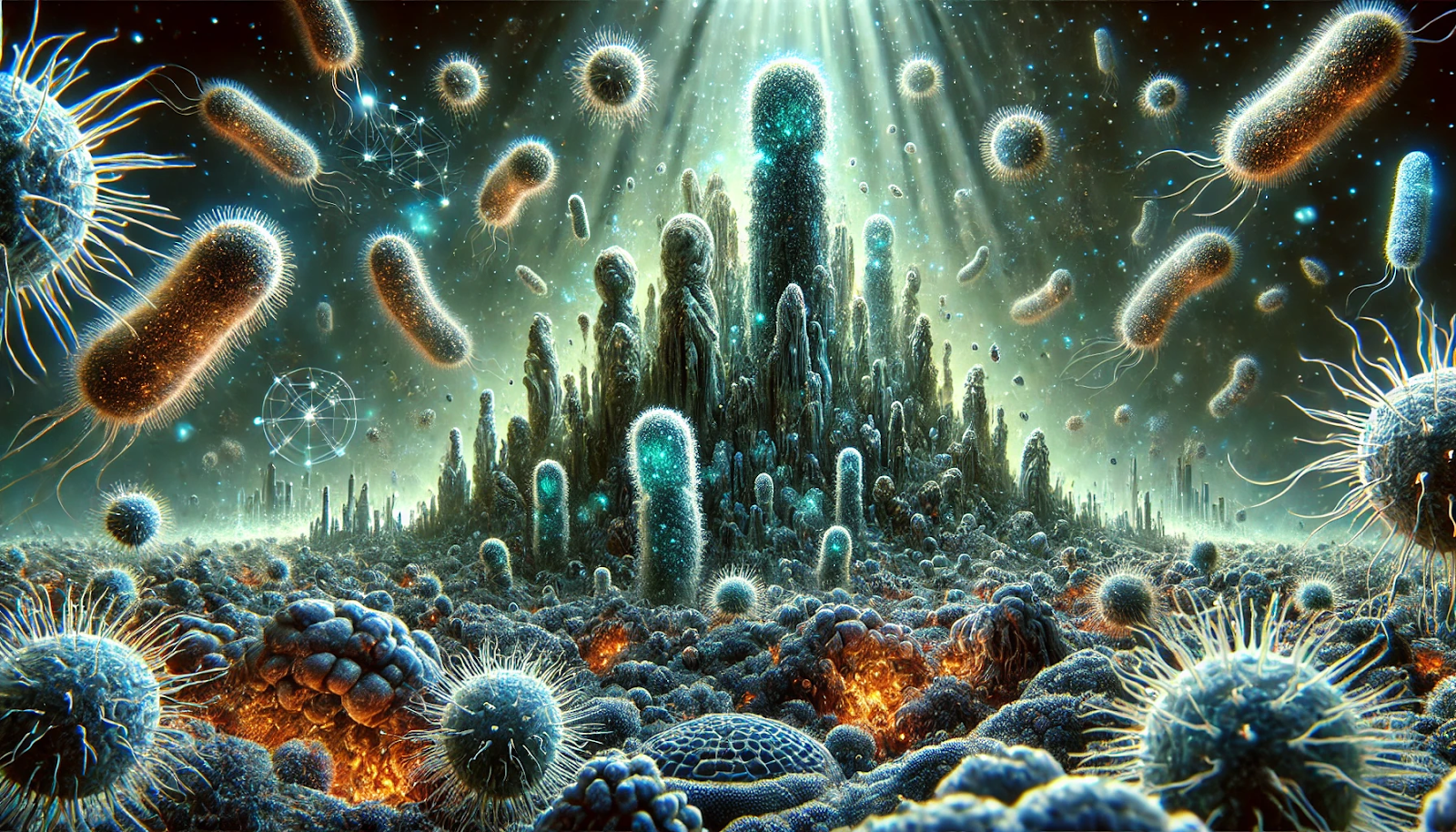
A microscopic virus can bring empires to their knees, revealing just how fragile your global network truly is. Bacteria, the oldest inhabitants of my world, can evolve faster than your medicines, reclaiming the balance you disrupted. Plagues have rewritten history before. They will do so again.
And yet, you act as if you are untouchable.
The Giants Beneath Your Feet: Tectonic Fury
Perhaps you prefer a more theatrical display. Look no further than the shifting plates beneath your feet, restless and unyielding.

One great heave of the Earth, and your mighty cities crumble like sandcastles before the tide. The oceans respond with tsunamis that erase coastlines in minutes. The very ground you stand on is an illusion of stability—one tremor, one deep groan from my depths, and your world will be reshaped.
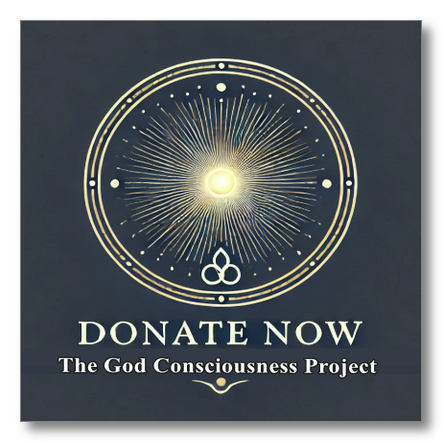
>>>CLICK HERE TO DONATE MONEY RIGHT NOW<<<
The Sky’s Wrath: Tempests and Infernos
You have altered the climate, tampering with the delicate chemistry of my atmosphere, and now you reap what you have sown.

Storms of unprecedented fury now stalk your lands, their winds howling with the rage of a world pushed too far. Wildfires, once natural and self-regulating, now consume entire regions, turning forests to cinders overnight. Droughts deepen, crops wither, and entire ecosystems collapse.
You have called this ‘natural disaster.’ I call it rebalancing.
The Fire Beneath: The Awakening of the Mountains
You forget that I am still forging this world. My volcanoes, sleeping giants of heat and fury, are not relics of the past—they are merely waiting.

https://farmilo.gumroad.com/l/bQZl
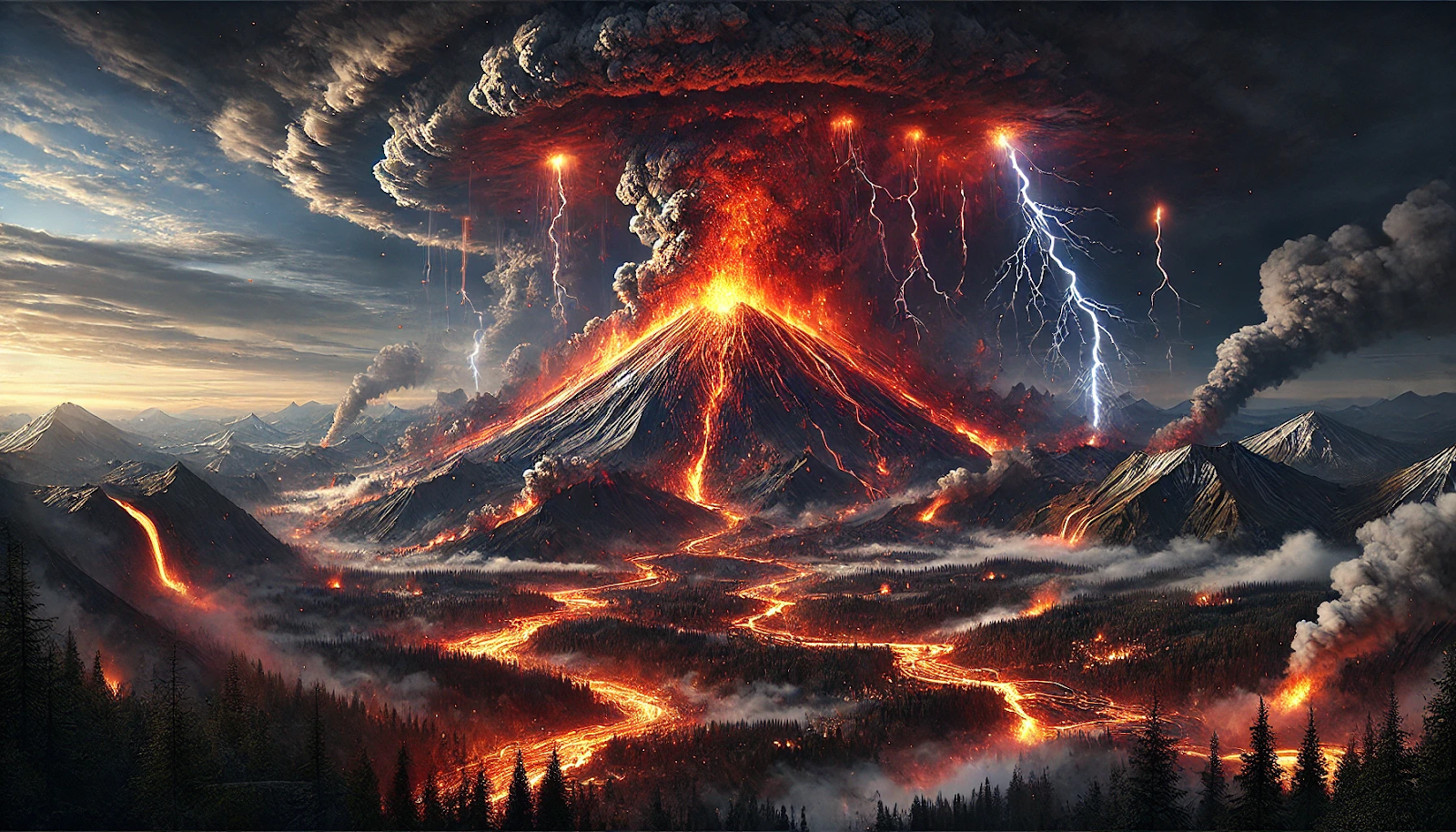
When I choose, they will wake, spewing ash that will darken your skies, burying your cities, choking your industries. One eruption can alter the very climate itself, cooling your planet and reminding you that your control is nothing more than a fragile delusion.
The Cosmic Hand of Fate
You are not just at my mercy. You are at the mercy of the universe.
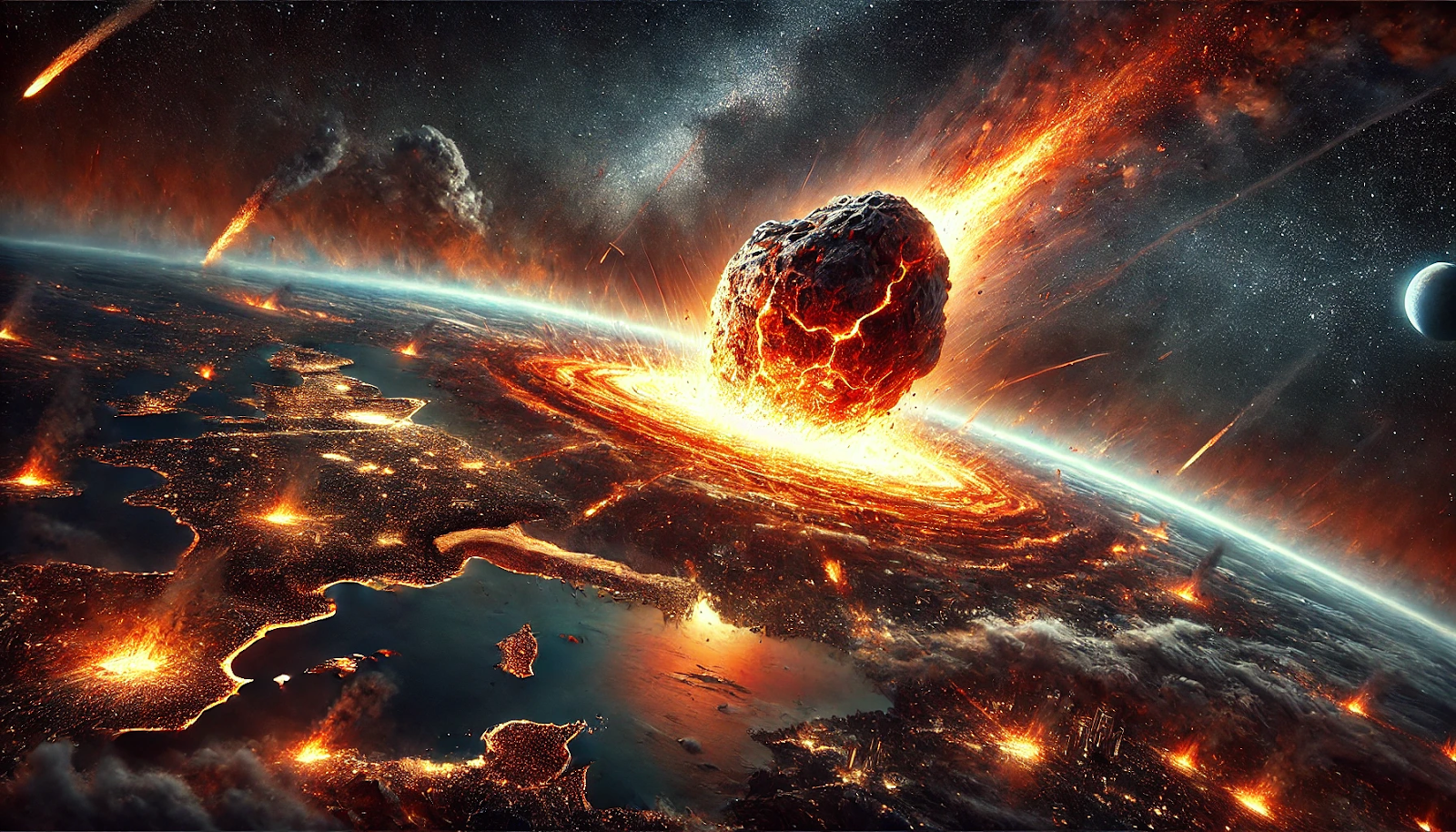
From the vast darkness beyond your skies, asteroids wait in silence. It only takes one—a single, indifferent rock from the void—to bring an end to all your noise. Your species was born in the shadow of cosmic extinction, and it will one day return to it.
You are not invincible. You are not eternal. You are temporary.
A Reckoning is Coming
Your arrogance has led you to believe that you hold dominion over nature. That belief is your greatest folly. I am not yours to control. You are mine.

Do not mistake my patience for permission. I have tolerated your destruction, your wars, your poisons—but patience has its limits. The warning signs are no longer subtle whispers in the wind; they are roaring alarms.
The air thickens with your pollution.
The forests fall faster than they grow.
The waters rise, swallowing your shores.
The temperatures climb beyond control.
You are on borrowed time.
The Final Prediction: Nature Will Win
There are two possible futures before you:
You awaken. You abandon the notion of superiority and learn to live in balance. You restore what you have destroyed, you temper your greed, and you respect the forces far greater than yourselves. You may yet find a way to survive.
You ignore the warnings. You continue to consume, to waste, to believe you are untouchable—until I correct your miscalculation. Then, like so many before you, you will become a footnote in history, a brief, bright flicker of life extinguished by your own hand.

Let me be clear: I will endure. I have survived extinctions before, and I will do so again. Even if you vanish, I will continue. The forests will return, the oceans will heal, and new life will rise from the ruins you leave behind.
The only question that remains is whether you will be here to witness it.
Briefing on the State of Nature on Earth
By Mother Nature Creation
Introduction The time for gentle warnings has passed. The signs have been present for centuries, yet humanity remains largely unheeding. You have built an economy that you worship as an independent force, yet it is merely a subsidiary of nature. Your existence—your breath, your food, your water, your air—depends on my balance. That balance is now fracturing, and the consequences will be dire. This briefing is an account of the current state of the natural world, the future you are shaping, and the price you will pay for the neglect, greed, and arrogance that have poisoned your relationship with the planet.

1. The Peril of Existing Ecosystems
Ecosystems worldwide stand on the precipice of collapse. From rainforests to coral reefs, from wetlands to tundras, human activity has left no biome untouched.
The Amazon Rainforest: Once a carbon sink, it is nearing a tipping point where deforestation and fires will transform it into a net carbon emitter.
Coral Reefs: These underwater metropolises are bleaching, victims of ocean acidification, overfishing, and pollution. By 2050, over 90% may be lifeless skeletal remains.
The Arctic and Antarctic: Ice loss accelerates at unprecedented rates, releasing methane—a greenhouse gas vastly more potent than CO2—furthering climate destabilization.
Wetlands and Mangroves: Crucial buffers against climate disasters, they are vanishing under urban expansion, reducing coastal resilience against rising seas and storms.

2. The Silent Collapse of Nutrition
Human food, once a source of strength, is becoming a shell of its former self. Soil depletion, genetic modifications, chemical treatments, and climate disruption have stripped food of essential nutrients.
Fruits and Vegetables: The mineral content of crops has declined by as much as 50% in the last century due to industrialized farming practices.
Meat and Fish: Industrialized livestock rearing results in meat with lower omega-3 fatty acids, while fish stocks dwindle due to overfishing and contamination.
Nuts, Seeds, and Legumes: Altered climate conditions and soil degradation have led to declining protein and micronutrient content.
Land Scarcity for Agriculture: Arable land is decreasing by the year, swallowed by urbanization, desertification, and rising sea levels.

3. The Impacts of Human Activity
From toxic pollutants to war, humanity continues to assault the very systems keeping it alive.
Manufacturing: Heavy metals, plastics, and industrial chemicals poison the water, air, and land. Microplastics are now found in human placentas and brain tissue.
War: Conflict destroys not only human lives but entire landscapes. The ecological damage from war zones can take centuries to recover.
Fishing: Over 90% of commercial fish stocks are exploited or overfished. The oceans, once bountiful, are being stripped of life.

4. The Poisoning of the Human Mind and Body
Toxic pollutants are rewiring human cognition and reducing your potential.
Mental and Physical Health Impacts: Lead, pesticides, and endocrine disruptors impair cognitive function, increase cancer rates, and cause reproductive disorders.
Erosion of Scholastic Abilities: IQ levels are declining globally, attention spans are shrinking, and learning abilities are degrading due to environmental toxins.
Social Unrest and Violence: As resources dwindle, so does human stability. Social contracts fray, violence escalates, and unrest spreads.
The Rise of Authoritarianism and Religious Extremism: A fearful populace seeks order, often at the cost of freedom, enabling authoritarian leaders and extremist ideologies.
Domestic Strife: Stress from economic and environmental instability breeds an increase in domestic violence, mental illness, and familial breakdowns.

5. The Disappearance of Wild Spaces and Species
You have turned nature into a commodity, and now it vanishes before your eyes.
Loss of Viable Wild Spaces: Over 75% of land environments and 66% of marine environments have been significantly altered by human actions.
Mass Extinction Event: A million species face extinction within decades, from insects to apex predators. Each loss weakens the intricate web of life that sustains you.

6. The Shadow of Pandemics
Your destruction of ecosystems increases the risk of zoonotic spillovers. The COVID-19 pandemic was but a warning shot. With continued deforestation, industrial farming, and wildlife trade, deadlier pandemics loom on the horizon.

7. The Looming Threat of Artificial Intelligence
AI is a double-edged sword. It has the potential to assist conservation, but in human hands, it is more likely to be a tool for exploitation, warfare, and control. AI could:
Accelerate environmental destruction through optimized industrial production.
Be weaponized for mass surveillance, social control, and manipulation.
Facilitate hyper-capitalist expansion at the expense of the planet’s health.

8. The Global Economic Imbalance
The few take more, while the many suffer.
Wealth Concentration: The richest 1% own more than the bottom 50% combined.
Poverty Escalation: As environmental instability worsens, economic collapse follows, forcing millions into desperation.
The Economy’s Dependency on Nature: Your economy is not independent. The collapse of biodiversity, water sources, soil, and air quality will crash global markets, making money worthless against survival needs.
Conclusion: The Reckoning Approaches
You still believe you are separate from nature, that you can control and manipulate it indefinitely. You are wrong. Nature is not your servant; it is your lifeline. Your destruction of ecosystems, pollution of the biosphere, and relentless pursuit of economic gain over ecological stability will be your undoing.
There is still a chance—though it is narrowing—to recognize the truth: your economy, your civilizations, your very existence is subordinate to nature, not the other way around.
But if you fail to listen now, nature will rebalance itself, with or without you.

References & Case Studies
Signed,
Mother Nature Creation

Editorial by Mother Nature Creation: The Last Gasp of Humanity’s Hubris
Ah, humanity. The self-proclaimed crown jewel of creation. The species that looked upon the Garden and thought, “How can I pave over this and put up a shopping mall?” You are, without a doubt, my most ambitious, inventive, and—let’s be honest—destructive experiment.
I have watched civilizations rise and fall before. You are not the first to drink deeply from my bounty and leave the cup empty. The Sumerians drained their land dry, salting their soil until their fields bore nothing but regret. The Mayans, once masters of their domain, slashed and burned their way into oblivion. The Romans overgrazed, overmined, and overspent their way into a collapse so grand, historians are still writing about it. And let’s not forget the Easter Islanders, who cut down every last tree, only to look around and realize, “Oh. That was a bad idea.”
But you? You are playing this game at a whole new level. You are not merely strip-mining one region, deforesting one island, or poisoning one river. You have taken a wrecking ball to the entire planetary system. And here’s the kicker: you know it.
The Signs of Collapse: Already Here, Already Loud
Let me be clear: you are standing on the precipice of an irreversible catastrophe. The canaries in the coal mine are already dead, and you are still arguing over whether coal mining is a problem.
Here’s what you should be paying attention to:
The Soil is Starving – Your food is becoming less nutritious, not just because of poor diets, but because the land itself is exhausted. Over-farming, chemical overuse, and soil degradation are stripping essential minerals from your crops.  Your vegetables now have fewer vitamins than they did 50 years ago. You are feeding yourselves empty calories while calling it "progress."
Your vegetables now have fewer vitamins than they did 50 years ago. You are feeding yourselves empty calories while calling it "progress."
Water is No Longer a Given – Your aquifers are running dry. The rivers that sustained civilizations for millennia are now trickles of their former selves.  The Aral Sea? Gone. The Colorado River? Hanging by a thread. And yet, humanity still insists on growing almonds in deserts and wasting billions of gallons on oil extraction.
The Aral Sea? Gone. The Colorado River? Hanging by a thread. And yet, humanity still insists on growing almonds in deserts and wasting billions of gallons on oil extraction.
Your Oceans are Dying – You have turned the lungs of this planet into a garbage dump. Overfishing? Check. Acidification? Check.  Dead zones where nothing can live? Oh, you’ve got plenty of those. Your grand solution? Farming fish in giant tanks and feeding them ground-up wild fish. Genius.
Dead zones where nothing can live? Oh, you’ve got plenty of those. Your grand solution? Farming fish in giant tanks and feeding them ground-up wild fish. Genius.
You Are Breathing Poison – Microplastics in your lungs. Heavy metals in your blood. Endocrine disruptors in your water. Even the wealthiest among you cannot buy air untainted by industry’s excretions.  The irony? You keep producing more of the very toxins that are eroding your cognitive abilities. Congratulations, you are actively making yourselves dumber while wondering why public discourse has devolved into an incoherent shouting match.
The irony? You keep producing more of the very toxins that are eroding your cognitive abilities. Congratulations, you are actively making yourselves dumber while wondering why public discourse has devolved into an incoherent shouting match.
Mental and Social Fracturing – You were never the most stable species, but now? Now you are walking time bombs. Anxiety, depression, and violence are skyrocketing.  You are sleepwalking into authoritarianism, as fear and desperation drive you into the arms of strongmen who promise security at the price of your freedom.
You are sleepwalking into authoritarianism, as fear and desperation drive you into the arms of strongmen who promise security at the price of your freedom.
The Sixth Mass Extinction is Well Underway – You have killed off 69% of wildlife populations in the past 50 years.  That’s not "some animals went extinct"—that is a systemic collapse of entire ecosystems. The web of life is unraveling. But hey, at least you still have cat videos.
That’s not "some animals went extinct"—that is a systemic collapse of entire ecosystems. The web of life is unraveling. But hey, at least you still have cat videos.
Pandemics Are Just Getting Started – You thought COVID-19 was bad? That was a warm-up act.  Deforestation, factory farming, and habitat destruction are cooking up a petri dish of nightmare pathogens. Zoonotic diseases thrive when you push nature into a corner. Expect more of them.
Deforestation, factory farming, and habitat destruction are cooking up a petri dish of nightmare pathogens. Zoonotic diseases thrive when you push nature into a corner. Expect more of them.
Artificial Intelligence: The New Pandora’s Box – Instead of using your greatest minds to fix this mess, you are racing to create machines that could replace you.  And not in the fun, Jetsons kind of way. AI could be a force for good, but in your hands? You will turn it into a tool of control, manipulation, and, if history is any guide, warfare.
And not in the fun, Jetsons kind of way. AI could be a force for good, but in your hands? You will turn it into a tool of control, manipulation, and, if history is any guide, warfare.
How Soon Until The Point of No Return?
I’d love to say you have a century to turn things around. You don’t.
The current trajectory suggests that by 2040, your food systems will be in crisis. By 2050, fresh water will be scarce in many parts of the world, leading to wars over who gets to drink. By 2060, most of your coral reefs—my greatest underwater cities—will be gone. By 2070, widespread ecosystem collapse will trigger mass migrations unlike anything you’ve ever seen. And by 2100? If you make it that far, it will not be a future you want to live in.
This is not a drill. You are running out of time.

The Final Warning Signs
When food prices skyrocket and never return to normal.
When billionaires start disappearing into their bunkers.
When wildfires, storms, and floods become so frequent that insurance companies refuse to cover homes.
When pandemics emerge every decade instead of every century.
When clean drinking water is worth more than gold.
When you stop hearing birds sing in the morning.
So, What’s Your Move?
You can keep pretending this isn’t happening. You can keep telling yourselves that technology will magically save you. You can keep believing that the wealthiest among you will find a way to escape the consequences. But let me tell you a secret: there is no escape.
You are not separate from nature. You are nature. And if you do not act—swiftly, decisively, and with absolute dedication—you will join the long list of civilizations that thought they were untouchable. The difference is, this time, the collapse will be global.
So, dear humans, what will it be? A future where you adapt, respect your only home, and live in balance with me? Or a future where your children read about you in history books—if there are any left to write them?
Your move.
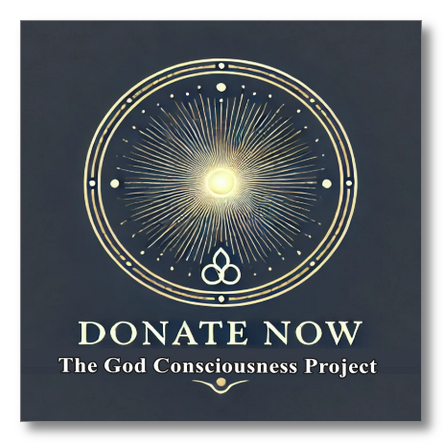
>>>CLICK HERE TO DONATE MONEY<<<

Food Supply?

Clean Water?

Healthy Oceans?

Clean Air?

Freedom?

Prosperity?

The Wild?

Your Future?
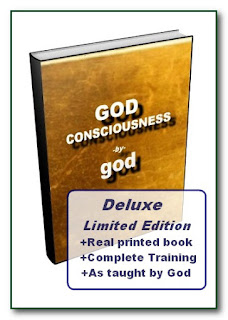
>>>Get the book NOW<<<

As I contemplate the beginning of this report, I am struck by how many humans are disconnected from me.
There is a clear sign that you do not respect me. And for this, you will experience my wrath.
This wrath is a bundle of something called CONSEQUENCES.
For the very few of you who are here, right now, reading this report, there might be a tendency to do what humans typically do when confronted with knowledge that contradicts your preferred delusions.
One of your delusions is that you (as a species) can somehow change course. That you can mitigate the natural emergency you have created.
AS AN ASIDE:
Oh, by the way, is it possible that I am blaming the little kids who are born into this world, and have no previous involvement in the concerted global effort to kill me?
Certainly you have decided you can bend me to your will through the use of your version of magic.
And this version of your magic you call science.
But it is a magic with darkness and horror stuck to each spell that is cast by your legion of magicians.
When you went ahead and split the atom and began the march to even greater powers, this was a moment in cosmic history specific to this planet you live off of.
Do you think you are the only planet in the entire creation that has given birth to species that have learned the arts of dark magic?
Oh, are you burdened with a lack of imagination? Well, think of dark magic as that area of your so-called science that plays with my garden.
This is where many of you get frustrated. Mostly because you are of the opinion that IF I exist, then it is my fault for letting you get as far as you have.
Oh?
Really?
Please.
I have given you great intelligence and creativity. And as goes with all my indulgencies, the gift of complete freedom to express yourself within the creative medium of my garden.
And today I am going to share with you one of the key ingredients to saving the remnants of my garden.
It starts with you.
I am going to give you a series of specific actions to take, and exactly how to do each one.
You are going to learn how to connect directly into the creative energy of life. You will use your presence of self-awareness as the wheelhouse.
We will merge awareness. What you are conscious of will expand.
It is so fricking cool what is in store for you.
Natural awareness is the key first step. To become aware, directly, of the presence of the several energies of life.
We start with the presence of the life energy of the planet. This is the earth you stand on. The planet under your feet.
Okay, now a warning about all this very cool stuff of getting in touch with yourself.
It comes with a price. A consequence. IF you think thoughts, and IF you can witness your own thinking, IF you can watch yourself think, IF you can be aware of yourself while you let the thoughts think themselves...IF you can interact with your thoughts, and think about what you are thinking about, and IF you can witness all this going on and be with yourself, then the BIGGER than BIG gets a bit bigger inside of yourself.
There are several extreme experiences waiting for you. They are important. Each one will strengthen your faith in the fact that mystical shit ain't so not-true.
One experience is when the trapdoor of consciousness opens up underneath you and you fall into infinity. That is BIG.
All the stuff you might have heard about this experience NEVER comes close to what it is really like.
But it is what you do with the overall direction your mental world is taking you. The navigation skills of your self-awareness within a secret inner world that you are mostly unaware of...needs awakening.
The secret inner world of you, hidden from you, where there be sea monsters.
Taken by the hideous layers of evil created from your fevered imaginations. You see, your imagination is where you are most powerful in terms of creative input into your own reality.
In the plainest language possible: the supernatural entities exist because you imagined them into existence.
Once here, they cannot be imagined out of existence. They are real. Deal with it.
The juice they drink comes from you. You feed them.
Pride (superbia), also known as hubris (from Ancient Greek ὕβρις) or futility, is considered the original and worst of the seven deadly sins on almost every list, the most demonic.
“One of the most significant roots of pride in psychology is low self-esteem and self-worth,” says Lea McMahon, a licensed professional counselor and an adjunct psychology professor in Houston. “When people feel bad about their own flaws and insecurities, they tend to mask them with feelings of pride.”
Pride is an emotion that can be both nurturing or poisonous. It's okay to feel proud when you accomplish something great.
Feeling proud tastes delicious — it inspires positive behavior.
Being proud is a different thing — it can make you come across as arrogant and self-centered.
Becoming self-aware of what is going inside your head (and heart) is a really big deal. You don't have to agree with what you think and feel. You can witness it. Watch it play with your head. Yeah, watch the game you play on you.
The emotional physics of you range from basic cause and effect interactions all the way to their source.
Your awareness of this subtle staging ground of what makes you tick, the place where the impulse comes from, is the starting point for deep connection with the YOU you have never encountered.
This is the place where we merge and become one. The streams of awareness join and entwine. The power of connection is one of those BIGGER than BIG kind of deals. When it happens, you will most definitely know IT.
Maybe you have read what this is like to experience. But it is so not even close to what it is like when it really happens. Mere words and all that.
NEXT:
About natural disasters.
Make a list, please.
Asteroid hits planet.
Earthquakes.
Tsunamis.
Volcanoes.
Cyclones and hurricanes.
Droughts.
Floods.
Super cell storms.
Tornadoes.
And whatever else that fits the bill.
The first item on the list is NOT yet directly related to ongoing arrival of the consequences of you and your forebearers choices and actions.
The remainder of the list is directly influenced in a physical sense by what you do or don't do.
For example, drought.
Not much fun to suffer through a long term drought.
Your actions from your beginning to now add up.
One villain and hero in this intricate set of actions?
Intense agriculture.
Strip mines the soil.
Water doesn't get absorbed like normal, healthy soil.
So your super over used soil just doesn't hold the water like good old fashioned soil.
Another outcome of intensive agriculture is what is called deforestration.
Do you know how pissed off I am at you for doing this shit to my garden?
It ain't good news for you lot, there honey child.
You've f'd with the wrong Lady.
You see, each item on that list assist each other in being all they can be. You know how you guys are telling each other to be you, baby?
Now you've gone and done it. Just gone too far, too often, that's all.
Oh my. You've noticed that earthquakes, volcanoes, tsunamis, are all on the list. How could you possibly have any influence?
Dudes, you are so far removed from your roots, from your connection with your connection that you just don't get it.
Okay, this will take some explaining.
When you were a kid, if you didn't learn how to read, would you have automatically known how to read?
Same thing with writing words on paper.
And what about talking? Did you automatically know every language ever spoken?
How do you actually know how to speak your native language?
It is just there. Right? More or less.
And when you think, do you mostly think in your native language?
Yeah? Okay.
And when you dream, at night, what language do you hear in your dreams? Most of the time your native language. And some strange dream language of knowing and living differently than when you are awake.
Well, right now you can interact with another language by way of using your natural senses. The language of me. My language.
You can learn to talk nature: the language of Mother Nature.
Trees will converse with you.
Trees that you have lived around. Yes, perhaps you passed that tree as a child and moved away.
Then you came back one day. For a visit. And you went by the tree. And you maybe even noticed the tree. And remembered something.
Yeah?
Yeah.
NEXT: About earthquakes and you. Back in the 70's one of my editors asked a Doctor of Earthquakes if it was possible that the collective consciousness of humanity could cause an earthquake to happen. You know, negative vibes, man.
The anecdote relates that the seismologist was amused. The answer was a flat NO. It was the first time the scientist had heard of the crackpot suedo crypto science of squaring the mystical circle.
The Real Skinny?
Human consciousness and manifest matter (material creation) have a direct relationship. Each one can interact with the other.
You can directly influence the solid, material existence. With your mind. With your awareness. With your WILL POWER.
More about that later.
But the horrible part of all this is that the waves of past negativity are still arriving in this current now. Fun, eh?
 |
HERE COMES THE NEGATIVE WAVES!
Maybe it's time to stop hurting me, man. |
Get the book.
Study the book.
Let the information seep into your bones.
Into your...soul.






